Richard Mosse: when a weapon becomes a tool for storytelling
Documentary photographer Richard Mosse’s first retrospective charts a career of subverting conventional narratives of war, immigration and climate change
Richard Mosse - Photography
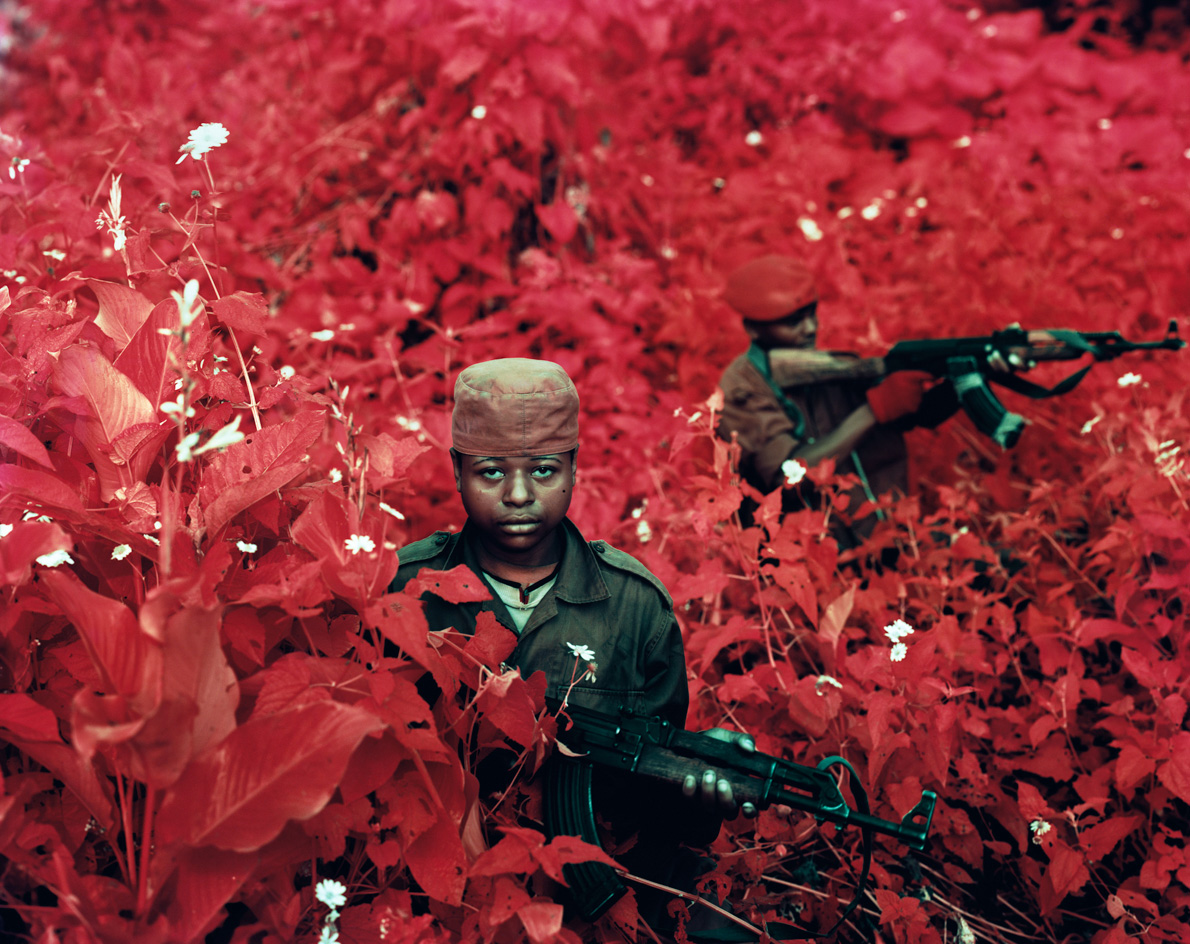
There is great power in repurposing a tool associated with destruction for creation, something that Irish artist Richard Mosse is well versed in. Often working with technologies originally classified as weapons, he covers challenging topics of conflict, immigration and climate change.
Now on show at Italy’s Fondazione Mast, ‘Displaced’ is Mosse’s first anthological exhibition, consisting of more than 70 large-format photographs and two large-scale video installations.
‘Richard Mosse firmly believes in the inherent power of the image, but as a rule, he renounces shooting the classic, iconic images related to an event. He prefers to account for the circumstances, the context, to put what precedes and what follows at the centre of his reflection,’ says exhibition curator Urs Stahel.
‘His photographs do not show the conflict, the battle, the crossing of the border, in other words, the climax, but the world that follows the birth and the catastrophe. The artist is determined to revive documentary photography, bringing it out of the blind alley in which it has been confined. He wants to subvert conventional media narratives through new technologies – often of military-type – precisely to unhinge the representative criteria of war photography.’
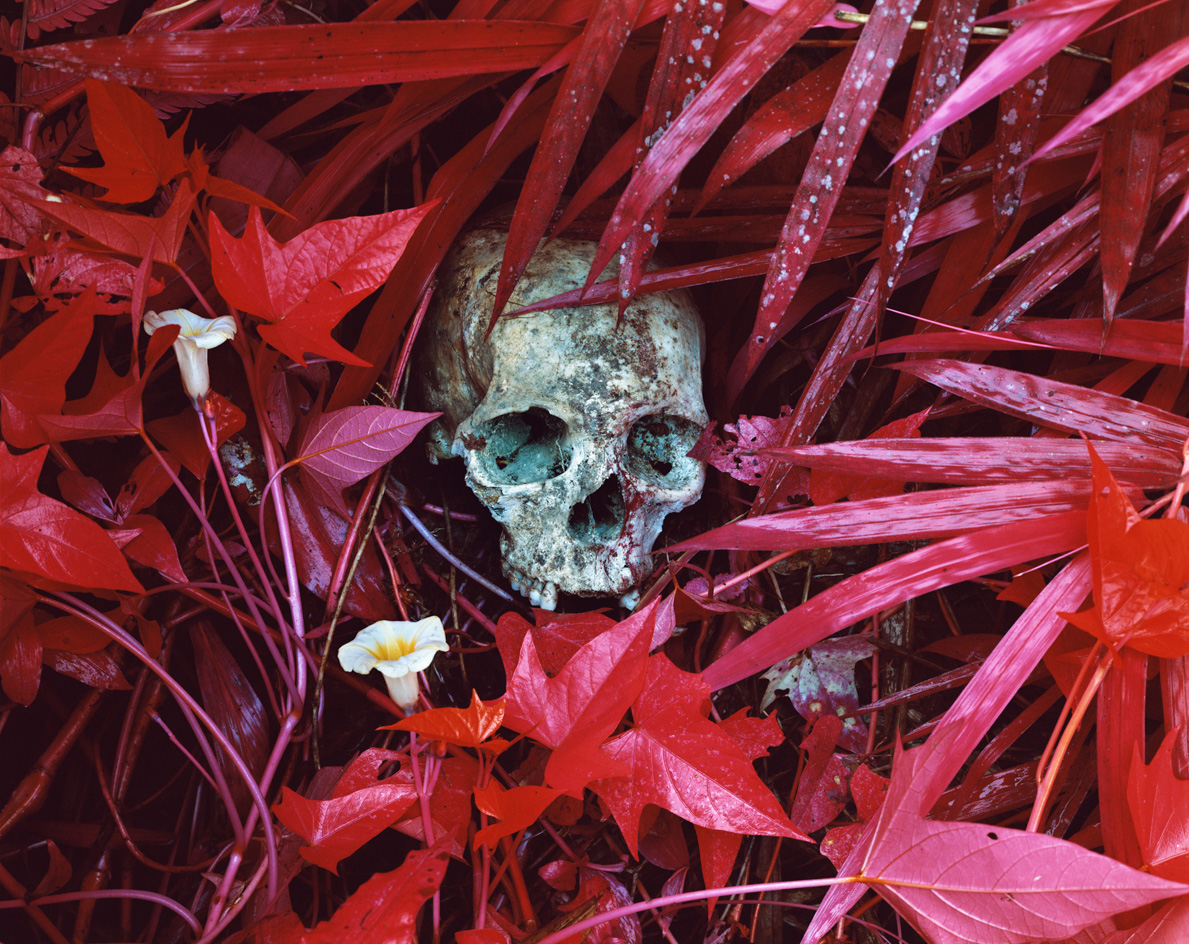

Top: Of Lilies and Remains, Eastern Democratic Republic of Congo, courtesy of the artist, DZ Bank Art Collection. Above: Thousands are Sailing I, II Eastern Democratic Republic of Congo, courtesy of the artist, private collection
It is these technologies that Mosse breaks out of documentary photography’s contentious mould. For Infra, he uses discontinued reconnaissance infrared film to register chlorophyll in live vegetation, depicting the verdant Congolese landscape as a rainforest of pinks and reds. It could be a surreal idyll if it weren’t for the human skull, or a young, wide-eyed man holding a gun.
In Heat Maps, Mosse documents mass migration with thermal imaging. What is warm appears light, while cold is dark. With over 1,500 images stitched together to create these thermal panoramas, the formal framing of documentary is bent further due to time lags between exposures; a person often appears several times in a single composition. This same thermal technology is used for the audiovisual installations Incoming and Grid (Moria), which depict scenes surrounding the migrant experience.
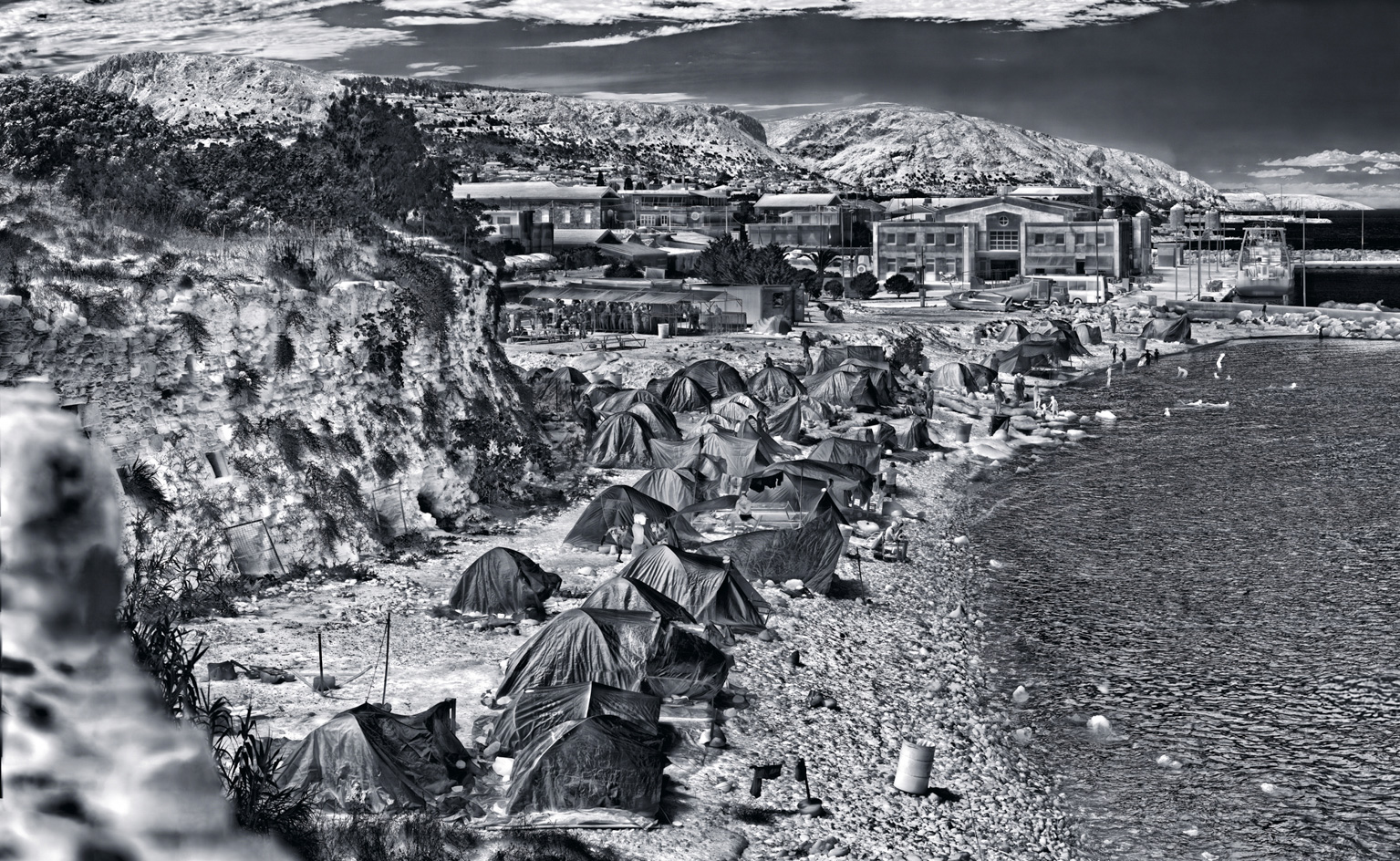
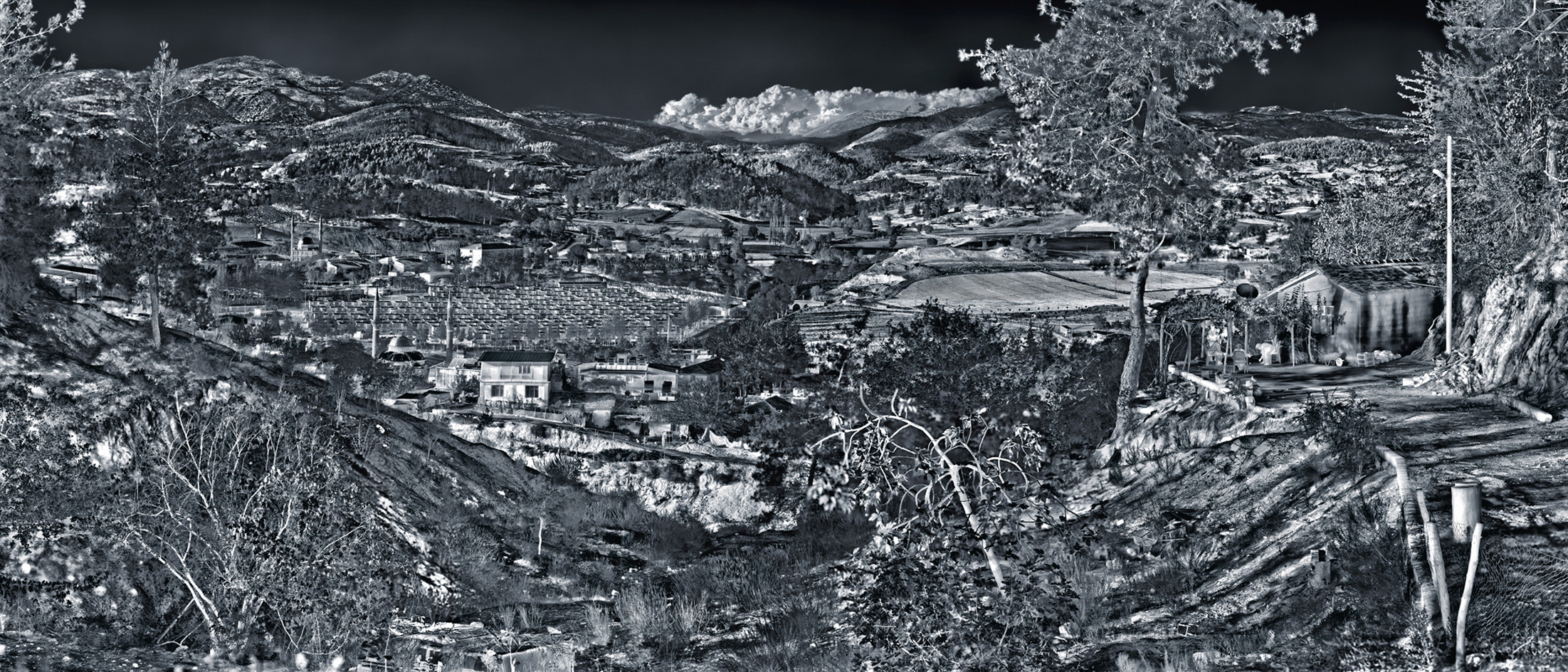
Top: Souda Camp, Chios Island, Greece, courtesy of the artist, MOCAK Collection. Above: Yayladagi refugee camp, Hatay Province, Turkey, courtesy of the artist, Private Collection
In Ultra, Mosse focuses on another battle for survival, photographing the Amazon rainforest with a UV-fluorescence technique that creates a luminescent colour spectrum. The endangered biodiverse environment becomes a glittering fantasy, a showpiece that overrides nature's camouflage.
Tristes Tropiques zooms out to depict environmental criminality from the perspective of a drone. Working with multispectral film used in advanced satellite technology (and for military reconnaissance), Mosse creates an alarming survey of the destruction of vast expanses of the Brazilian rainforest.
In ‘Displaced’, viewers gaze into the eye of each social, political, economical storm Mosse is documenting. With the use of these technologies, he brings pause and clarity. For all of documentary photography’s complexities, Mosse’s shifted perspective is valuable for reflecting on our world’s crises.
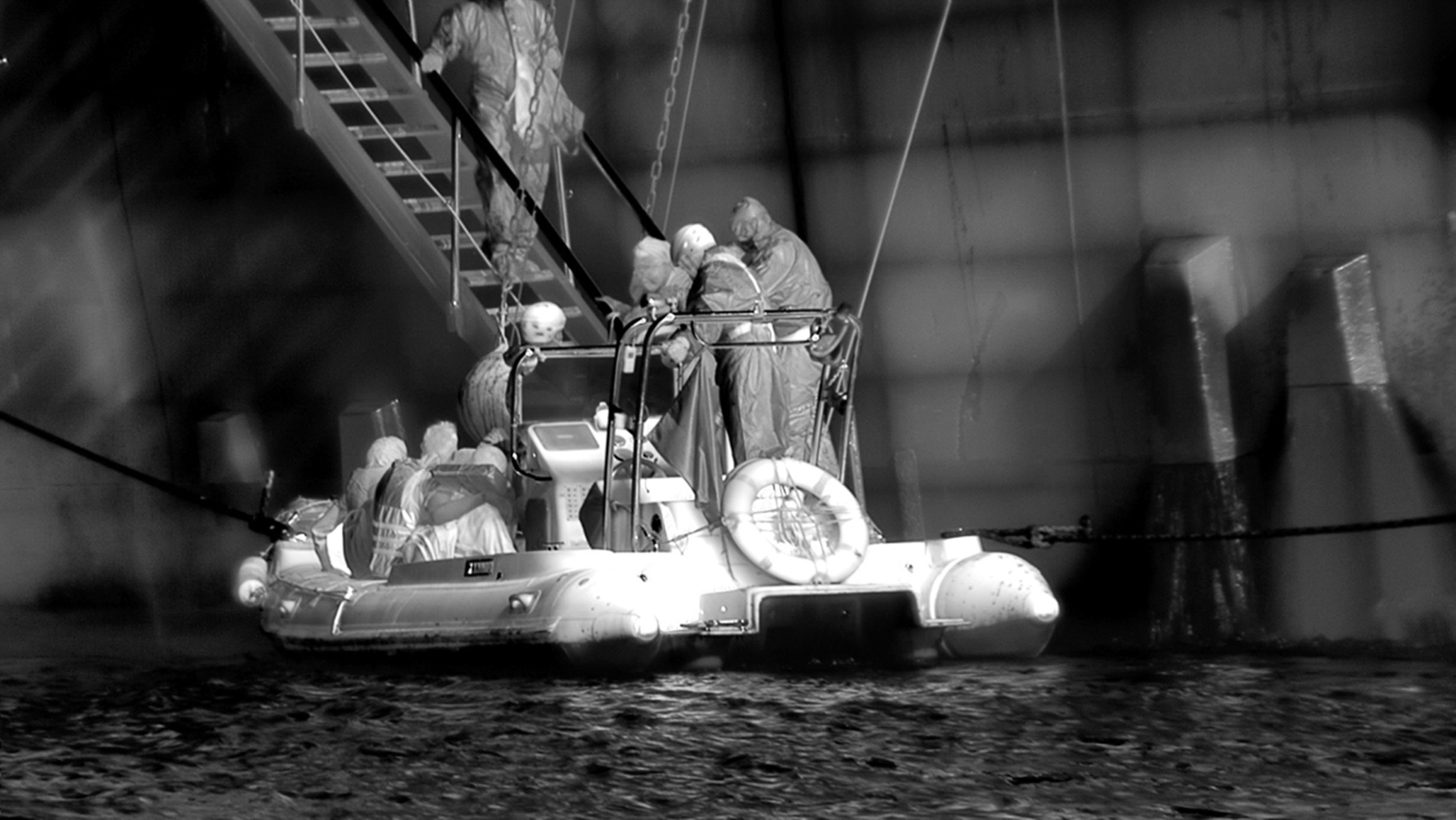
Still from Incoming #27,courtesy of the artist, Private Collection
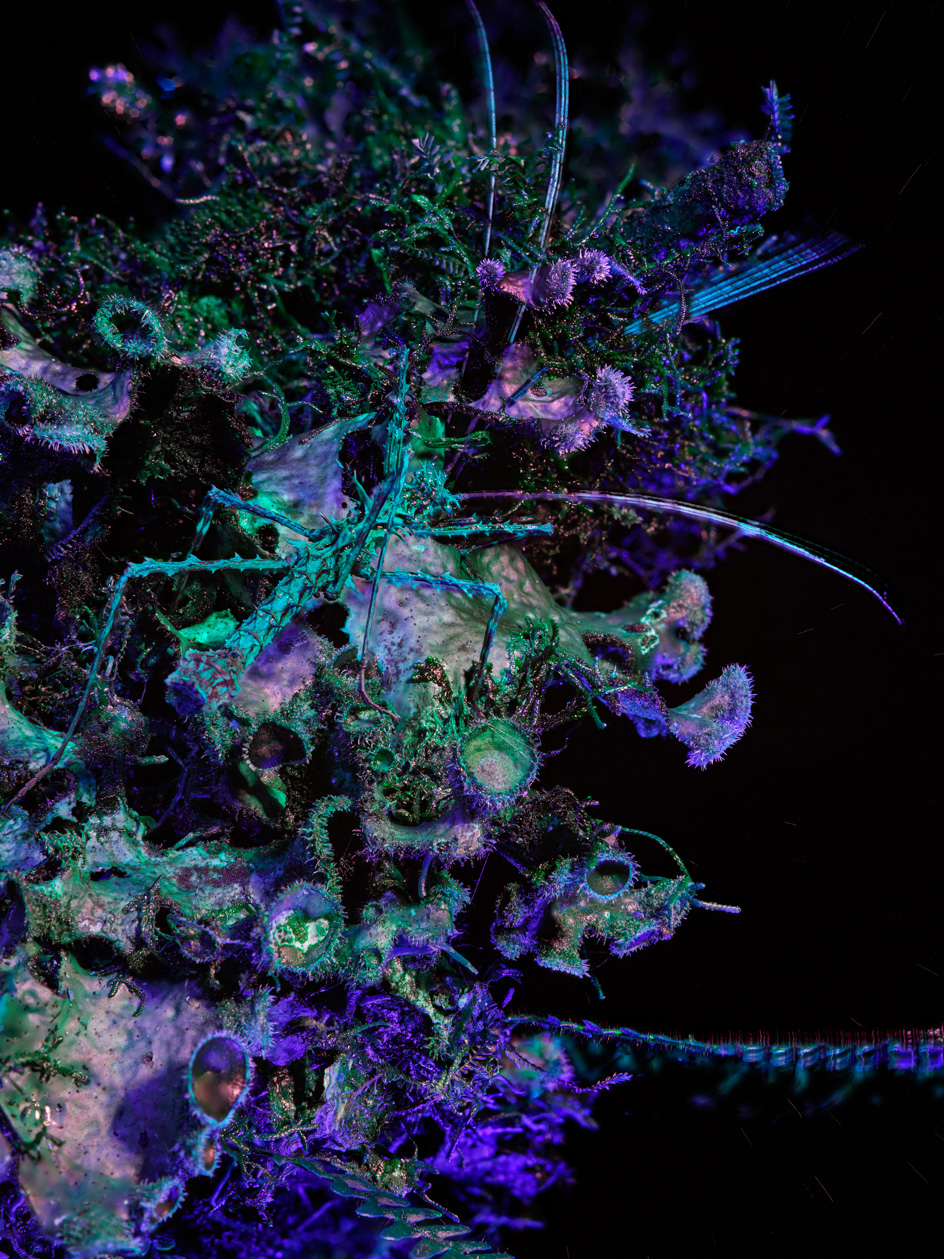
Male Parobimus with Fungus, 2019, courtesy of the artist, Jack Shainman Gallery and carlier | gebauer
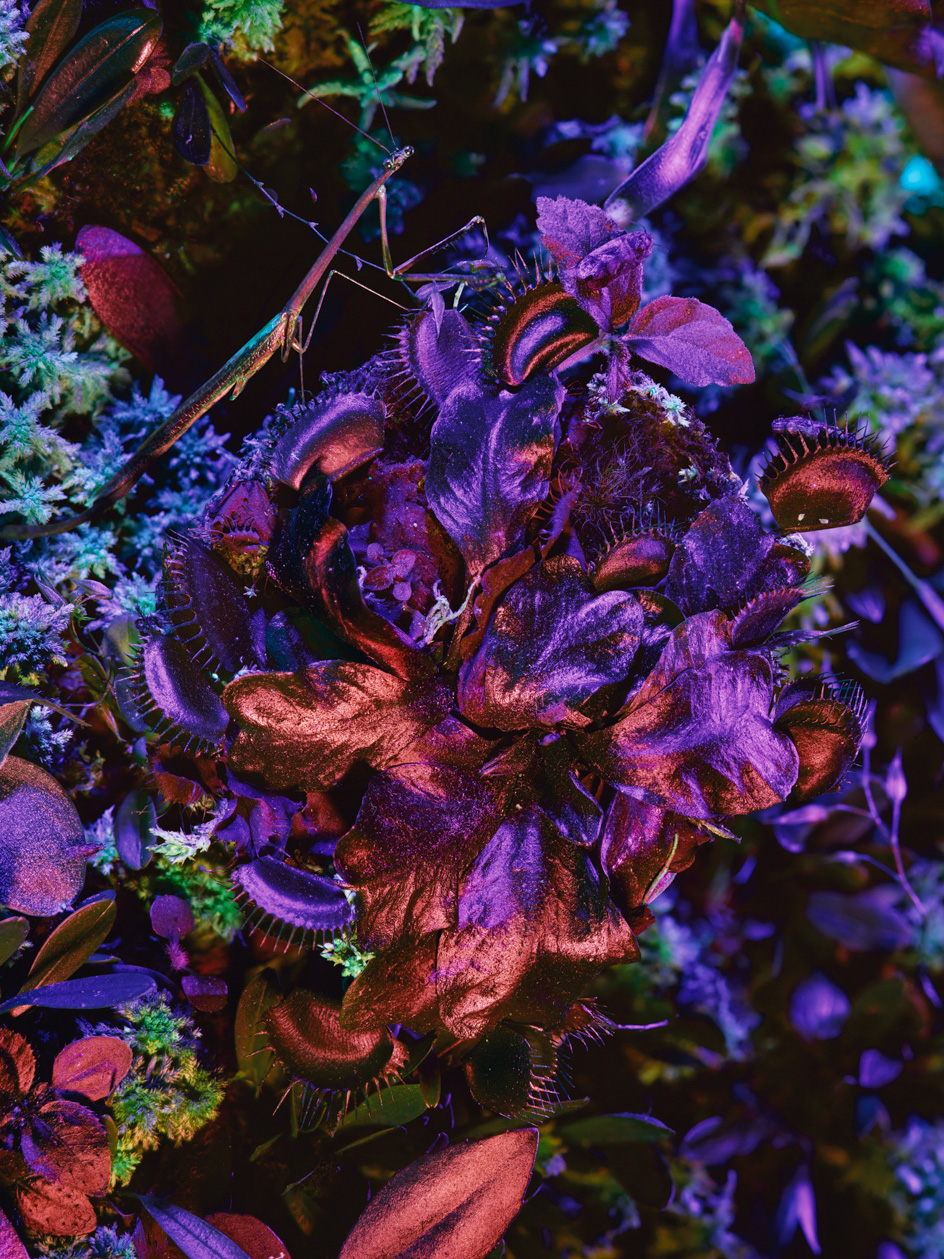
Dionaea muscipula with Mantodea, Ecuador Cloud Forest , courtesy of the artist, Jack Shainman Gallery and carlier | gebauer
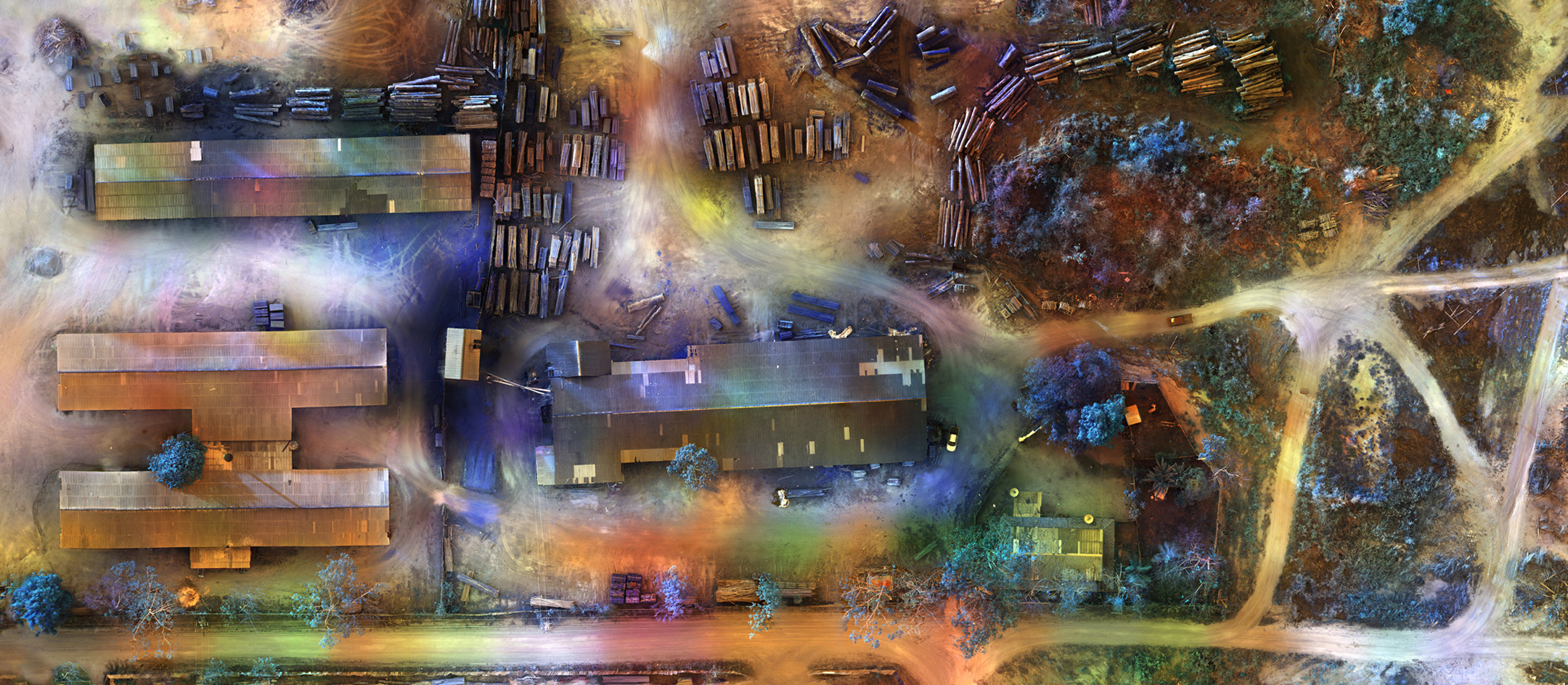
Sawmill, Jaci Parana, State of Rondonia, Brazil, courtesy of the artist, Jack Shainman Gallery and carlier | gebauer
INFORMATION
Richard Mosse, ‘Displaced’ until 19 September 2021, Fondazion Mast, mast.org
Receive our daily digest of inspiration, escapism and design stories from around the world direct to your inbox.
As Photography Editor at Wallpaper*, Sophie Gladstone commissions across fashion, interiors, architecture, travel, art, entertaining, beauty & grooming, watches & jewellery, transport and technology. Gladstone also writes about and researches contemporary photography. Alongside her creative commissioning process, she continues her art practice as a photographer, for which she was recently nominated for the Foam Paul Huf Award. And in recognition of her work to date, listed by the British Journal of Photography as ‘One to Watch’.
-
 A day in Ahmedabad – tour the Indian city’s captivating architecture
A day in Ahmedabad – tour the Indian city’s captivating architectureIndia’s Ahmedabad has a thriving architecture scene and a rich legacy; architect, writer and photographer Nipun Prabhakar shares his tips for the perfect tour
-
 You can now stay in one of Geoffrey Bawa’s most iconic urban designs
You can now stay in one of Geoffrey Bawa’s most iconic urban designsOnly true Bawa fans know about this intimate building, and it’s just opened as Colombo’s latest boutique hotel
-
 Pentagram’s identity for eVTOL brand Vertical Aerospace gives its future added lift
Pentagram’s identity for eVTOL brand Vertical Aerospace gives its future added liftAs Vertical Aerospace reveals Valo, a new air taxi for a faster, zero-emission future, the brand has turned to Pentagram to help shape its image for future customers
-
 A forgotten history of Italian artists affected by the HIV-AIDS crisis goes on show in Tuscany
A forgotten history of Italian artists affected by the HIV-AIDS crisis goes on show in Tuscany‘Vivono: Art and Feelings, HIV-AIDS in Italy. 1982-1996’, at Centro per l'Arte Contemporanea Luigi Pecci in Prato delves into the conversation around the crisis
-
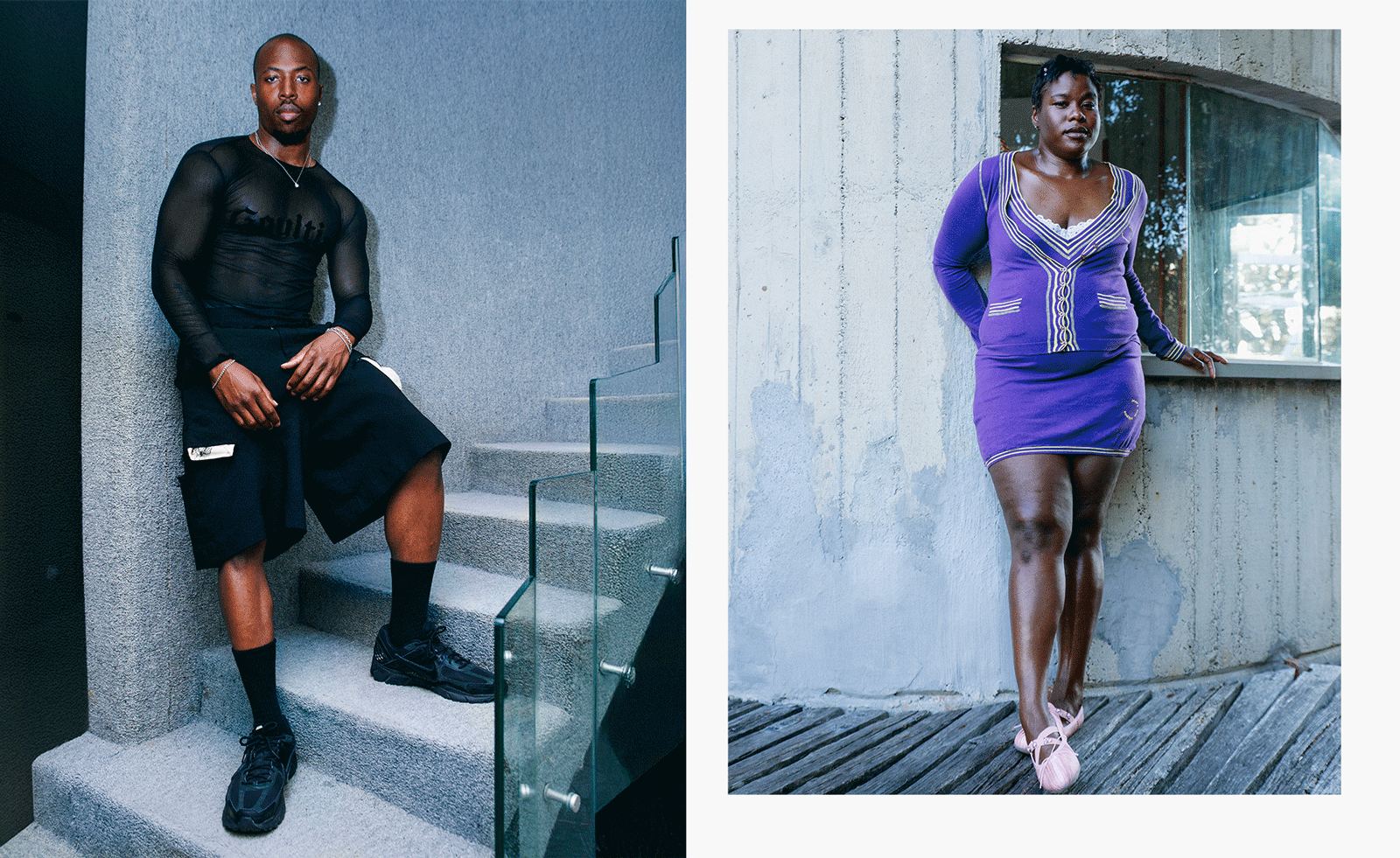 Creativity and rest reign at this Tuscan residence for Black queer artists
Creativity and rest reign at this Tuscan residence for Black queer artistsMQBMBQ residency founder Jordan Anderson sparks creativity at his annual Tuscan artist residency. Wallpaper* meets him to hear about this year's focus.
-
 Photographer Mohamed Bourouissa reflects on society, community and the marginalised at MAST
Photographer Mohamed Bourouissa reflects on society, community and the marginalised at MASTMohamed Bourouissa unites his work from the last two decades at Bologna’s Fondazione MAST
-
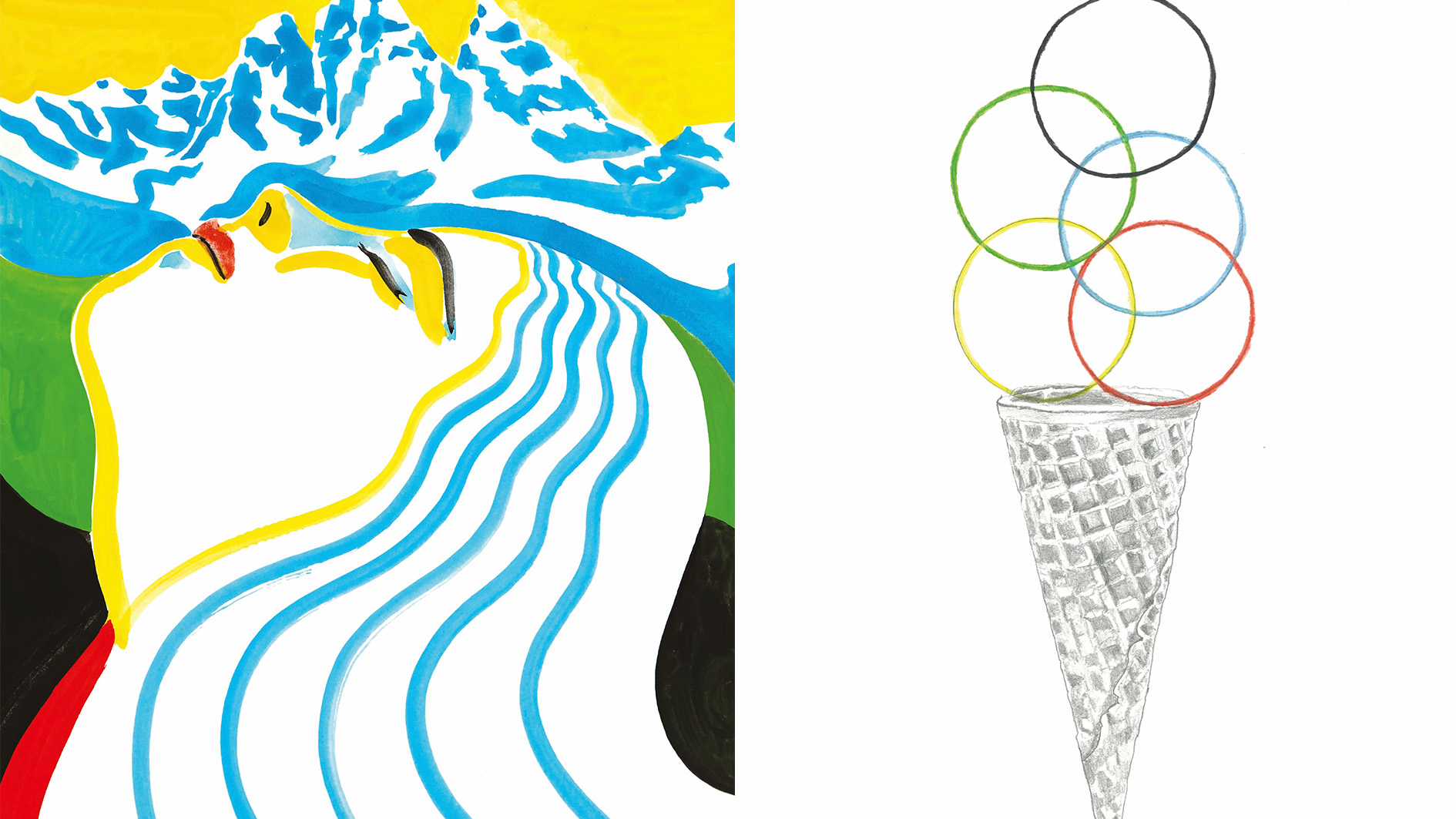 Ten super-cool posters for the Winter Olympics and Paralympics have just been unveiled
Ten super-cool posters for the Winter Olympics and Paralympics have just been unveiledThe Olympic committees asked ten young artists for their creative take on the 2026 Milano Cortina Games
-
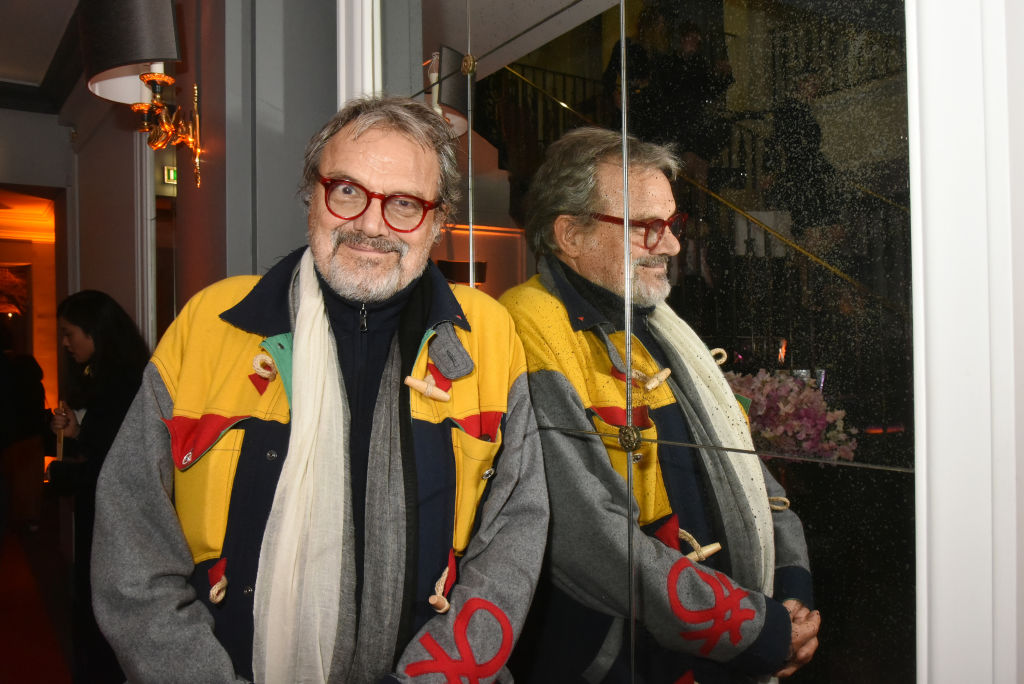 Remembering Oliviero Toscani, fashion photographer and author of provocative Benetton campaigns
Remembering Oliviero Toscani, fashion photographer and author of provocative Benetton campaignsBest known for the controversial adverts he shot for the Italian fashion brand, former art director Oliviero Toscani has died, aged 82
-
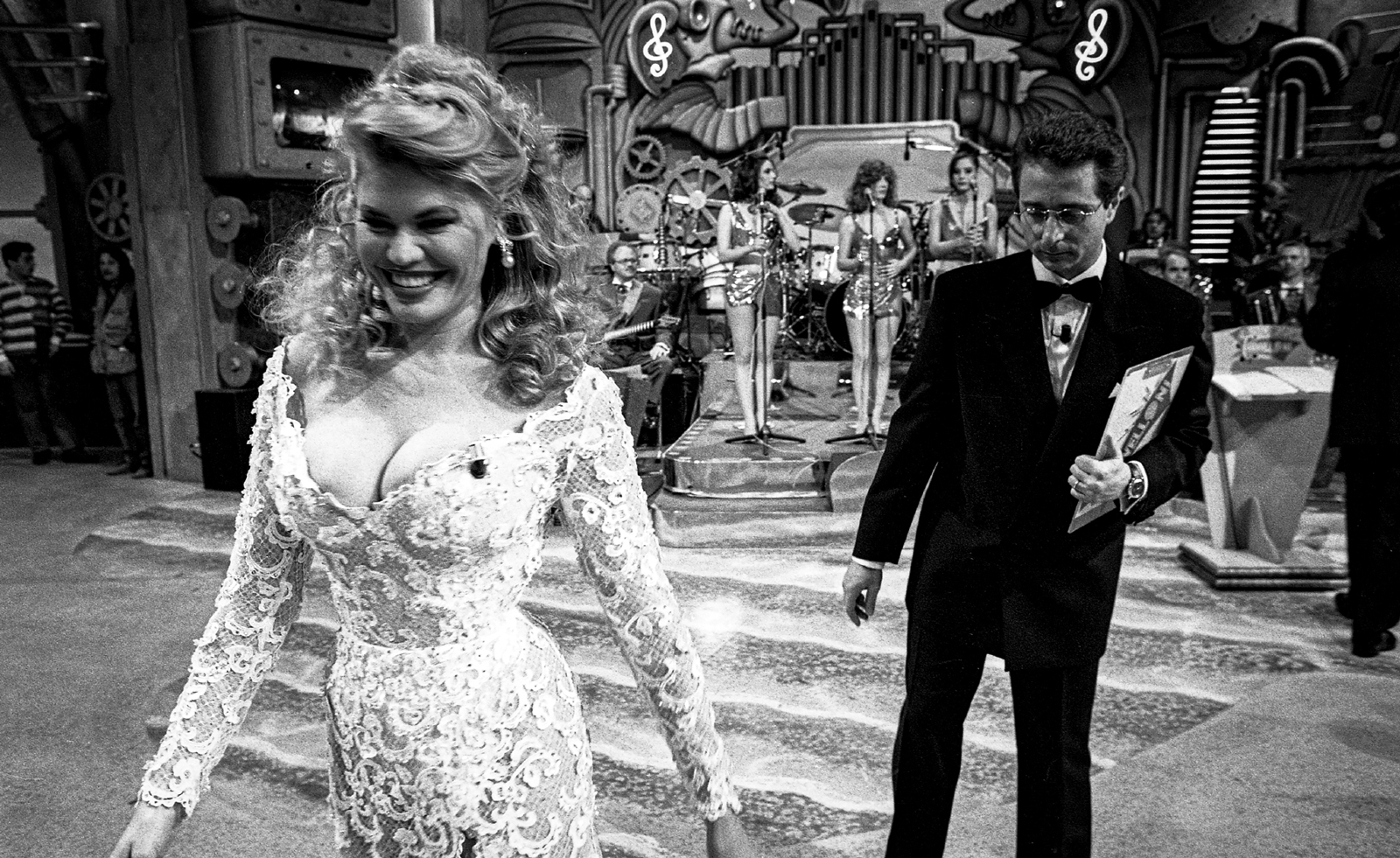 Distracting decadence: how Silvio Berlusconi’s legacy shaped Italian TV
Distracting decadence: how Silvio Berlusconi’s legacy shaped Italian TVStefano De Luigi's monograph Televisiva examines how Berlusconi’s empire reshaped Italian TV, and subsequently infiltrated the premiership
-
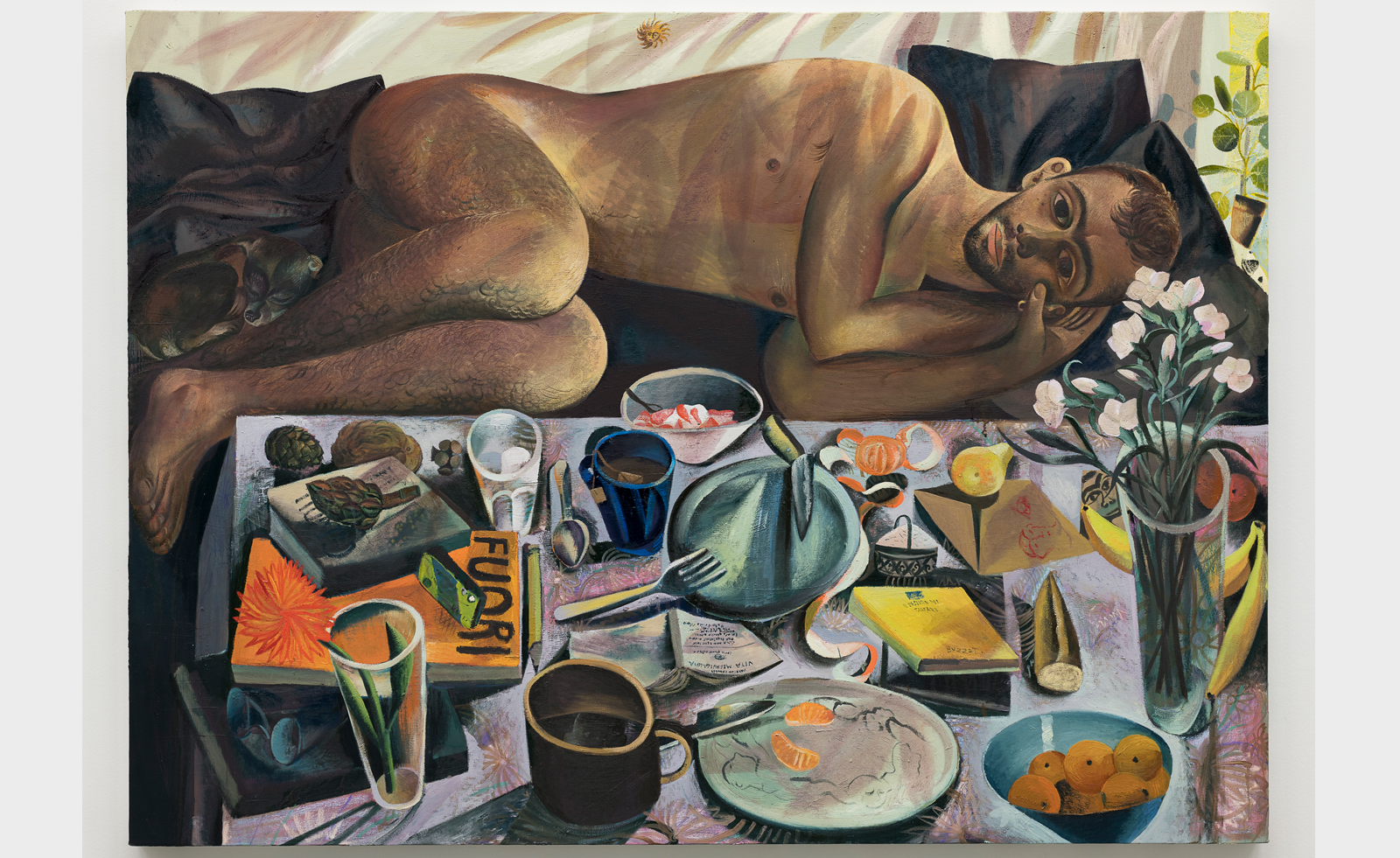 Louis Fratino leans into queer cultural history in Italy
Louis Fratino leans into queer cultural history in ItalyLouis Fratino’s 'Satura', on view at the Centro Pecci in Italy, engages with queer history, Italian landscapes and the body itself
-
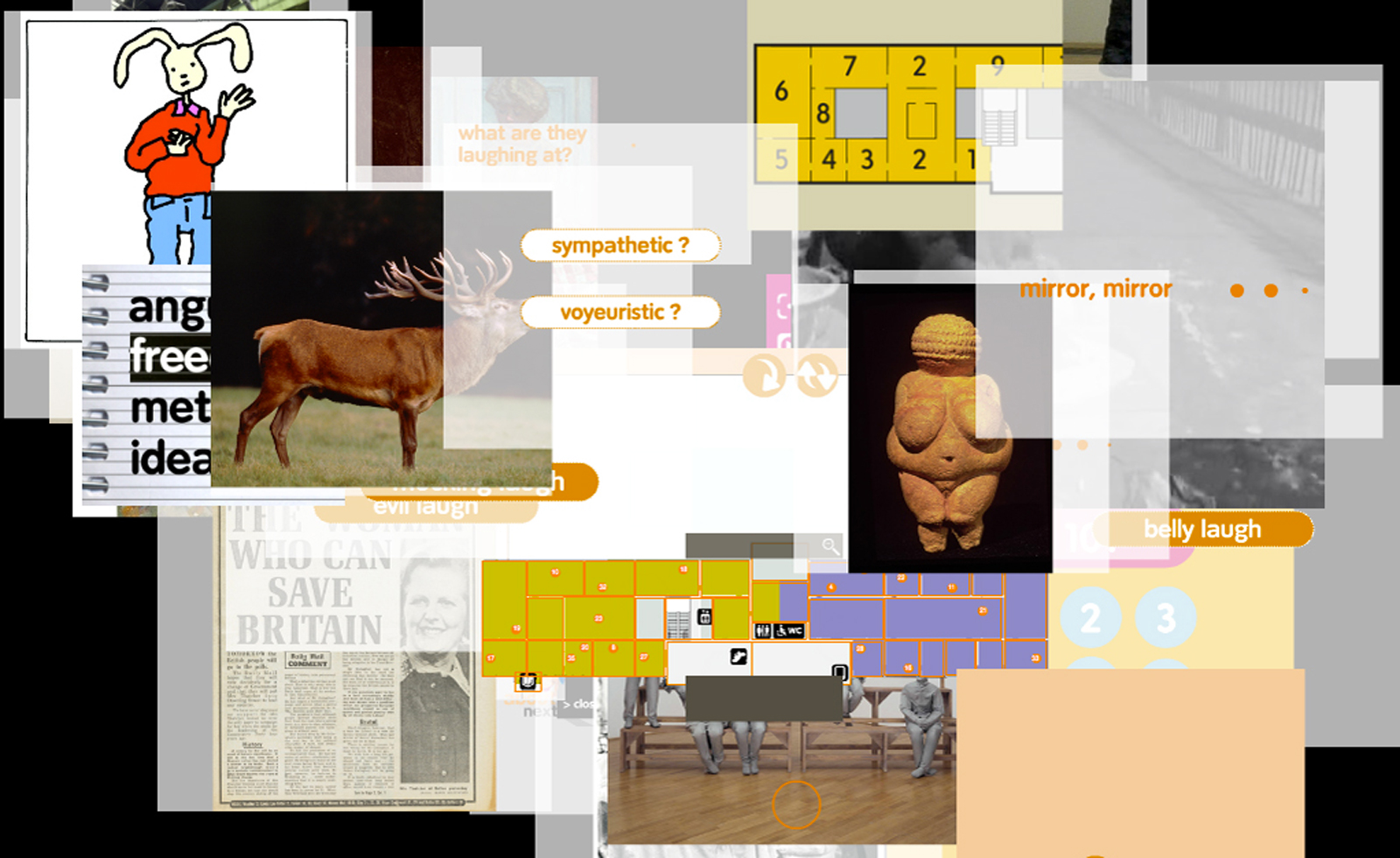 ‘I just don't like eggs!’: Andrea Fraser unpacks the art market
‘I just don't like eggs!’: Andrea Fraser unpacks the art marketArtist Andrea Fraser’s retrospective ‘I just don't like eggs!’ at Fondazione Antonio dalle Nogare, Italy, explores what really makes the art market tick